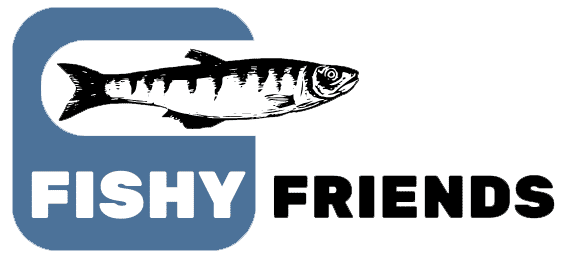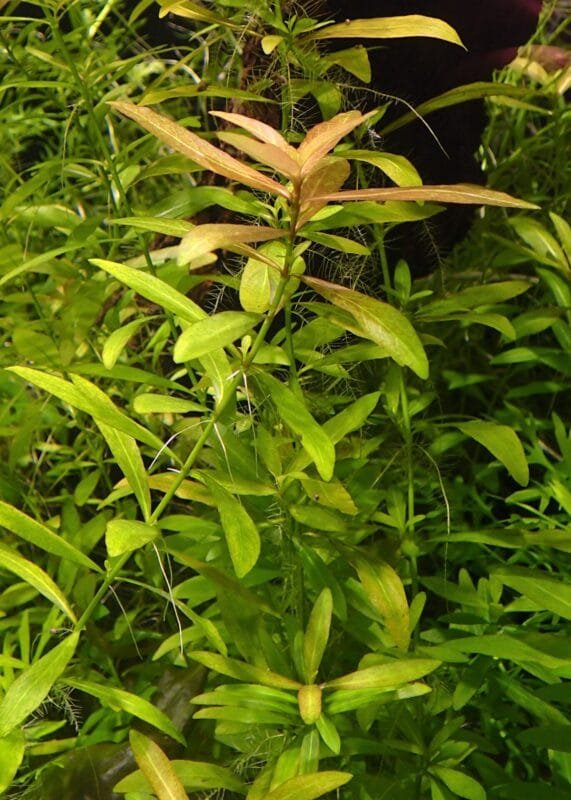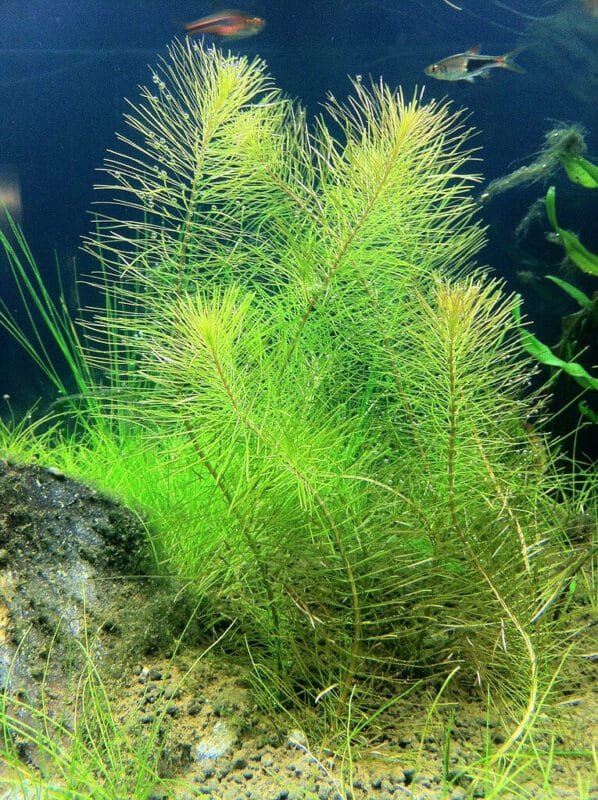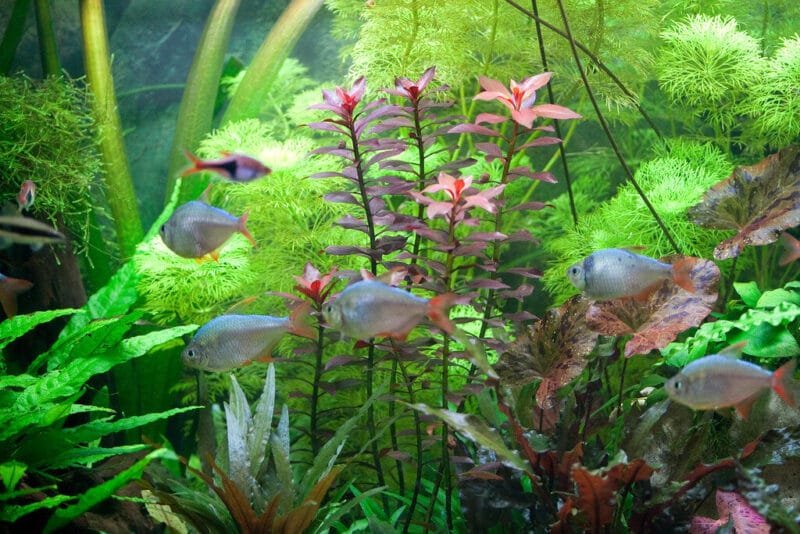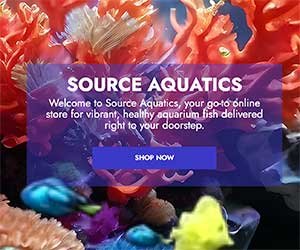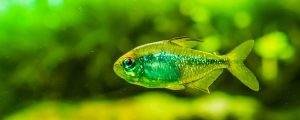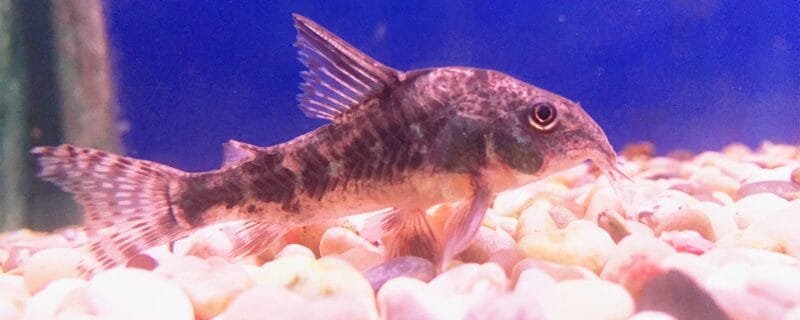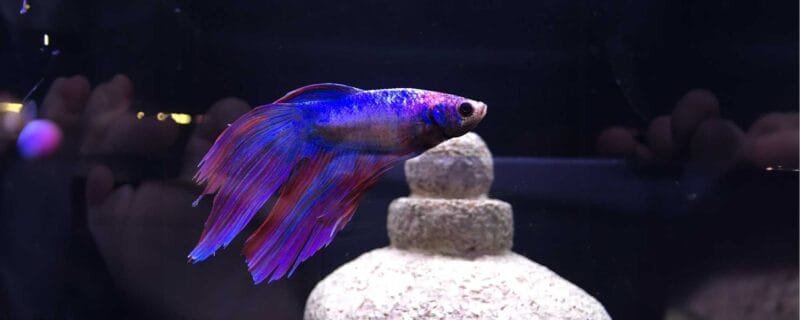Live plants play a crucial role in any healthy freshwater aquarium. They oxygenate the water, outcompete algae for nutrients, and create a natural, visually appealing environment for fish and invertebrates. Among the many aquatic plants available to hobbyists, Hygrophila polysperma stands out as a low-maintenance, fast-growing species that can thrive in a wide range of setups.
Often recommended for beginners but cherished by advanced aquascapers alike, Hygrophila polysperma adapts quickly, grows vigorously, and can transform a tank into a lush, green paradise. In this guide, we’ll take a deep dive into everything you need to know to grow and care for this versatile aquatic plant.
Plant Profile
Scientific and Common Names
-
Scientific name: Hygrophila polysperma
-
Common names: Dwarf Hygro, Indian Swampweed
Natural Habitat and Geographic Origin
Hygrophila polysperma is native to Southeast Asia, particularly India, Bangladesh, and Malaysia. It thrives in shallow, slow-moving or still freshwater bodies like ditches, ponds, and marshes. Its robust nature and rapid growth have led it to become naturalized—and even invasive—in parts of the United States, especially Florida and Texas.
Plant Type
Hygrophila polysperma is a stem plant, meaning it grows vertically from the base and produces nodes where leaves and roots can emerge. It propagates easily from cuttings, which makes it perfect for creating dense aquatic hedges.
Growth Pattern
This plant is one of the fastest-growing species in the hobby. Under the right conditions, it can grow several inches per week, often requiring regular trimming to keep it under control. Its stems are flexible and upright, with long, oval-shaped leaves that can vary in color from green to reddish-brown depending on light and nutrients.
Placement in the Aquarium
-
Best for: Background or midground use
-
When planted in groups, Hygrophila polysperma creates a bushy backdrop that adds depth and vibrancy to any aquascape. Trimmed stems can be planted closer to the front for a tiered layout effect.
Care Guide
Lighting Requirements
-
Type: LED, fluorescent, or full-spectrum
-
Intensity: Low to medium
-
Duration: 8–10 hours daily
Hygrophila polysperma is incredibly forgiving when it comes to lighting. It will grow in low-light tanks but thrives in moderate lighting, where it often develops bronze or reddish hues on the upper leaves. Stronger lighting can accelerate growth but may also increase the need for pruning.
Water Parameters
-
Temperature: 68–82°F (20–28°C)
-
pH: 6.0–8.0
-
Hardness: Soft to moderately hard (3–15 dGH)
This plant adapts to a wide range of conditions, making it perfect for community tanks. It tolerates fluctuations better than many other aquatic plants.
Substrate Preferences
Hygrophila polysperma isn’t too picky about substrate. It will root in:
-
Sand
-
Gravel
-
Aquarium soil
However, for optimal growth and nutrient absorption, nutrient-rich soil is recommended. It encourages strong root development and deeper coloration.
Fertilization and CO₂
-
Liquid fertilizer: Recommended weekly
-
Root tabs: Optional but beneficial
-
CO₂: Not required but enhances growth and color
This plant is a nutrient sponge, especially for nitrates and iron. Regular dosing with an all-in-one liquid fertilizer helps maintain its lush appearance. CO₂ injection is not necessary but will result in even faster growth and more vibrant hues.
Trimming and Propagation
-
Growth rate: Fast
-
Trimming: Weekly or biweekly
-
Propagation: Cut stem above a node and replant
Pruning is essential to prevent this plant from overtaking your aquascape. Simply snip off the top portions and replant them directly into the substrate. Each cutting will quickly root and grow into a new plant, making it easy to fill out a tank over time.
Aquascaping Tips
Use in Aquascaping Layouts
Hygrophila polysperma’s dense, upright growth makes it ideal for:
-
Dutch-style aquascapes: As a background filler
-
Jungle tanks: Adding wild, overgrown appeal
-
Nature aquariums: Creating a natural shoreline look
It’s often used in high-energy layouts where fast plant growth is needed to stabilize a new tank and prevent algae blooms.
Compatibility with Other Plants and Hardscape
-
Compatible with: Most stem plants, rosette plants, mosses, and epiphytes like Anubias or Bucephalandra
-
Hardscape pairing: Looks great behind driftwood or beside stone formations
Because of its rapid growth, it can easily shade out slower-growing species. Be mindful of placement, or plan for regular pruning to avoid choking out less aggressive plants.
Ideal Tank Size and Layouts
-
Minimum tank size: 10 gallons
-
Best for: Community tanks, planted tanks, aquascaping show tanks
Even in small nano tanks, Hygrophila polysperma can be a striking feature when well-maintained. In larger aquariums, it works beautifully as a background forest or green curtain.
Tank Mates and Compatibility
Best Fish and Invertebrates
Hygrophila polysperma is compatible with a wide variety of freshwater species, including:
-
Tetras, rasboras, and danios
-
Gouramis and dwarf cichlids
-
Livebearers like guppies and platies
-
Corydoras and loaches
-
Shrimp (e.g., Amano, cherry)
-
Snails (e.g., nerite, mystery)
Its dense foliage provides excellent shelter for fry and shy species, and its leaf surface supports biofilm that shrimp love to graze on.
Species to Avoid
Avoid housing with:
-
Goldfish
-
Silver dollars
-
Large herbivorous cichlids
These fish are known for their tendency to uproot or devour aquatic plants, which can spell trouble for even hardy species like Hygrophila polysperma.
Common Problems and Solutions
1. Melting Leaves After Planting
Cause: Transition shock or poor initial conditions
Solution: Trim damaged leaves and maintain stable light and nutrient levels. The plant will regrow quickly.
2. Yellow or Pale Leaves
Cause: Iron or nitrogen deficiency
Solution: Dose with a comprehensive liquid fertilizer or add root tabs to boost nutrient availability.
3. Algae on Leaves
Cause: Excess light, poor water circulation, or nutrient imbalance
Solution: Trim affected leaves, reduce lighting duration, and increase water movement. Adding algae-eating shrimp or snails can also help.
4. Leggy Growth
Cause: Insufficient light
Solution: Increase light intensity or duration. Trim and replant the top portions to create bushier growth.
5. Overgrowth
Cause: Natural high growth rate
Solution: Weekly trimming and strategic placement to avoid overshadowing other plants.
Conclusion
Hygrophila polysperma is one of the most reliable and rewarding plants for any freshwater aquarium. Whether you’re new to planted tanks or a seasoned aquascaper looking for a fast-growing filler, this plant offers adaptability, beauty, and ease of care.
To succeed long-term with Hygrophila polysperma:
-
Trim regularly to maintain shape
-
Dose nutrients consistently
-
Keep lighting moderate to strong
-
Pair with compatible tank mates
Its resilience and visual appeal make it a go-to plant for stabilizing tanks, experimenting with layouts, or simply enjoying a lush underwater garden. If you haven’t tried this classic species yet, now’s the perfect time to give it a place in your aquascape. You won’t be disappointed.
